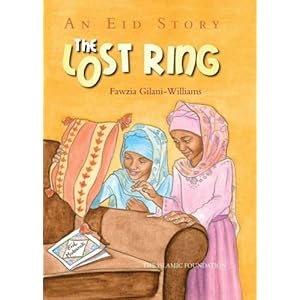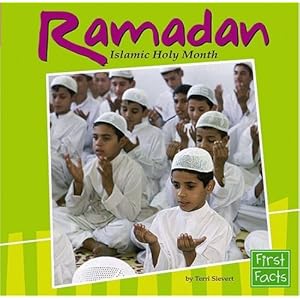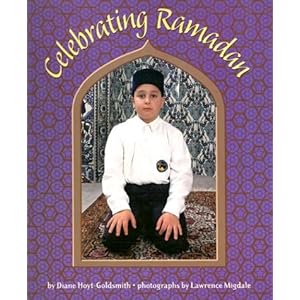Source: https://blogger.googleusercontent.com/img/b/R29vZ2xl/AVvXsEgV6I8ezncQfCkeLMdluBKxPMZ8apUHxh7HWj8nHk89awWZMK_2kItzetEYrukub6V0_NV4SKAHMDnhEFyCxaNiQ4zxvudxzNfBWfb9TdZUjnbvkAIb5cPfhK0y0ykgm1w06ko1nZrrlf_I/s1600/Eid+2012.jpg
A few days ago, I did a post about Ramadan. I did not, however, talk about Eid-ul-Fitr (pronounced: Eed - ul - fit - er). If you have not yet read the post about Ramadan, please do so here before you read about Eid-ul-Fitr.
Source: http://moodyncheeky.files.wordpress.com/2012/08/eid-mubarak-glitter-greetings.gif%3Fw%3D490
About two weeks ago, muslims all over the world celebrated Eid-ul-Fitr after the completion of Ramadan, the holy month of fasting. Here is a bit more information about Eid-ul-Fitr.
What is Eid?
Eid is a celebration that muslims take part in every year. There are two different times of the year when Eid is celebrated. One is called Eid-ul-Fitr and the other is called Eid-ul-Adha (pronounced Eed - ul - Ad - ha). Please click here for a post about Eid-ul-Adha.
What is Eid-ul-Fitr?
 |
| Source: http://blogs.tribune.com.pk/wp-content/uploads/2010/08/eid.jpg |
Eid-ul-Fitr is celebrated as the month of Ramadan ends. The term is in Arabic, in which the word Eid means "festivity" and Fitr means "breaking the fast"; hence, the definition being the festivity of breaking the fast. On this holiday, muslims are forbidden to fast and they celebrate it with many different traditions all over the world. The ending of Ramadan is marked by a brand new moon. Once the new moon is witnessed, Eid-ul-Fitr is declared.
What is done on Eid-ul-Fitr?
Eid-ul-Fitr is done for one, two, or three days depending on the cultural rituals/traditions around the world. The day begins with greetings between everyone by saying "Eid Mubarak" meaning Happy Eid. It is encouraged to shower and be clean; if possible, to wear clean, new clothes (or the best that you have). An Eid prayer is held in a large area with many people to give thanks to God. After the prayer, people greet each other with hugs and wish them 'Eid Mubarak'.
 |
| Source: http://upload.wikimedia.org/wikipedia/commons/c/c5/Celebrating_Eid_in_Tajikistan_10-13-2007.jpg |
A big feast is held for Eid. Different foods are made in all different parts of the world and cultures.
A common tradition for women and girls is to apply Henna or Mehndi (pronounced Meh-n-dee) on hands and/or feet. Henna is a plant from which leaves are used to dye skin, hair, nails, and as well as leather and wool (http://en.wikipedia.org/wiki/Henna). It is widely used as body art. Henna leaves are taken to create a paste which is used to create designs and beautiful art on the body. The above henna is actually done by me on my hand!!
 |
| Source: http://img3.photographersdirect.com/img/26650/wm/pd2276795.jpg |
Children receive cards, gifts and/or money. In some countries, there are many Eid community gatherings held that include food, shopping, games, henna, music and other entertainment.
Each country celebrates Eid in their own traditional way. This page on Wikipedia gives a little information about various countries in the world in which Eid is celebrated. Check out the link here.
Books about Eid-ul-Fitr
 |
| Source: http://i43.tower.com/images/mm113458980/eid-for-everyone-hina-islam-paperback-cover-art.jpg |
An Eid for Everyone - by Hina Islam
 |
| Source: http://ecx.images-amazon.com/images/I/51ItgCSgmTL._SL500_AA300_.jpg |
The Lost Ring: An Eid Story - by Fawzia Gilani-Williams
The following link is a DOC file that has many titles for children's literature about Eid-ul-Fitr. You are more than welcome to download it as I found it on the web myself. It is a bibliography of the titles: www.olc.org/diversity/eid_bibliography.doc
Here is a link to my post with Free Coloring Pages for Ramadan and Eid.






















